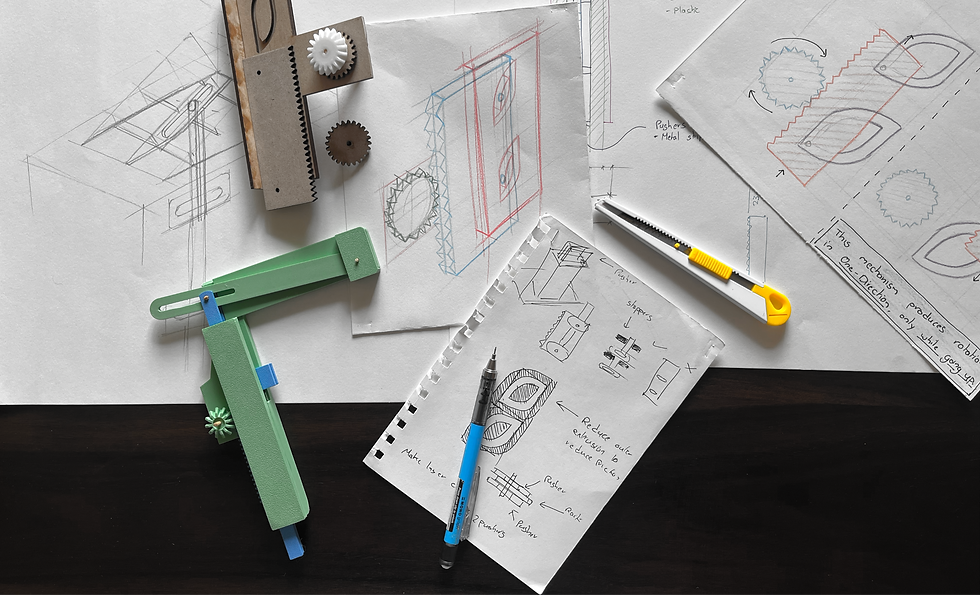How I Learnt Acoustics by Building Ugly Speakers - DIY Speaker Design
- Ansh Trivedi
- 16 hours ago
- 3 min read
One particular late night, surrounded by scraps of MDF, loose hardware and coffee too plentiful, I found myself asking the question:
Can I make a speaker? A speaker from scratch. A speaker that can play the softest of Arijit's vocals when life is slow, and shake my room when Seedhe Maut is the vibe.
I started to explore that idea, which naturally led to a series of experiments that began with simple questions and became a full-on obsession with acoustics, materials, and form.
Speaker 1: The “Let’s Just Make Noise” Box.
The first prototype wasn't about being good; it was about making a start.
I took a 400 ruppee (very basic and cheap) generic driver, cut out a hole in an MDF board, wired to an amp, and hoped it would make noise.

It did. But it was... terrible.
Flat. Boxy. Muffled.
One interesting observation was that the box made the sound much louder and bass heavy. It sounded much better even with a DIY box!
I started thinking like a designer again:
What's the relation of volume, air, and resonance?
This prompted me to create another version — this time with a slightly larger PLA filament cardboard box.

It was a slight improvement and the sound got louder. The added volume was helping, but it was leaking sound and was not sounding the best.
Speaker 2 — The “Designed Chamber”
The subsequent build was my first experience with design an actual enclosure — real, measurable, physical sound. I had the control I wanted — real, measurable, physical control — over sound transmission inside. This one was a fully laser-cut MDF enclosure, dimensioned, sealed and designed to the specifications of a cheap but promis
ing driver.
For the first time, it looked like a real product.
I made a 3D model
Got its faces laser cut in 5mm MDF
Stuck them together with some super glue. Also used the glue gun to seal all the
edges while adding foam tape wherever needed.
Connected the speaker to the amplifier and welded the connections.
Bolted the speaker onto the front face
Added a 3d printed tube on the front face



Then I closed the last face, plugged it in, and something spectacular happened. The sound just got 10 times better!
The bass was deeper, the overall sound was louder and the medium and high pitch notes got surprisingly clearer!
It wasn't some random improvement — it was was precision meeting physics and having a beautiful child. It also made me realise:
Air leaks ruin sound. Sealing saves a lot of the sound that usually would get lost into thin air.
The driver sends vibrations via its membrane in the front as well as the back. The waves at the back generally fade away and don't reach the listener. A chamber takes these waves, bounces them internally and sends it out the port. The back waves that would naturally cancel out the front ones now are sent out with a slight delay that instead amplifies the sound!
I never adored physics but sometimes it does wonders! This phenomenon is called Helmholtz Resonance.

I am slowly learning about sound, speakers, some physics and also a lot abut making real tangible products. I would love feedback and i am also going to post about the 3rd prototype that is much better and has a more premium driver and visual feel to it!



Comments